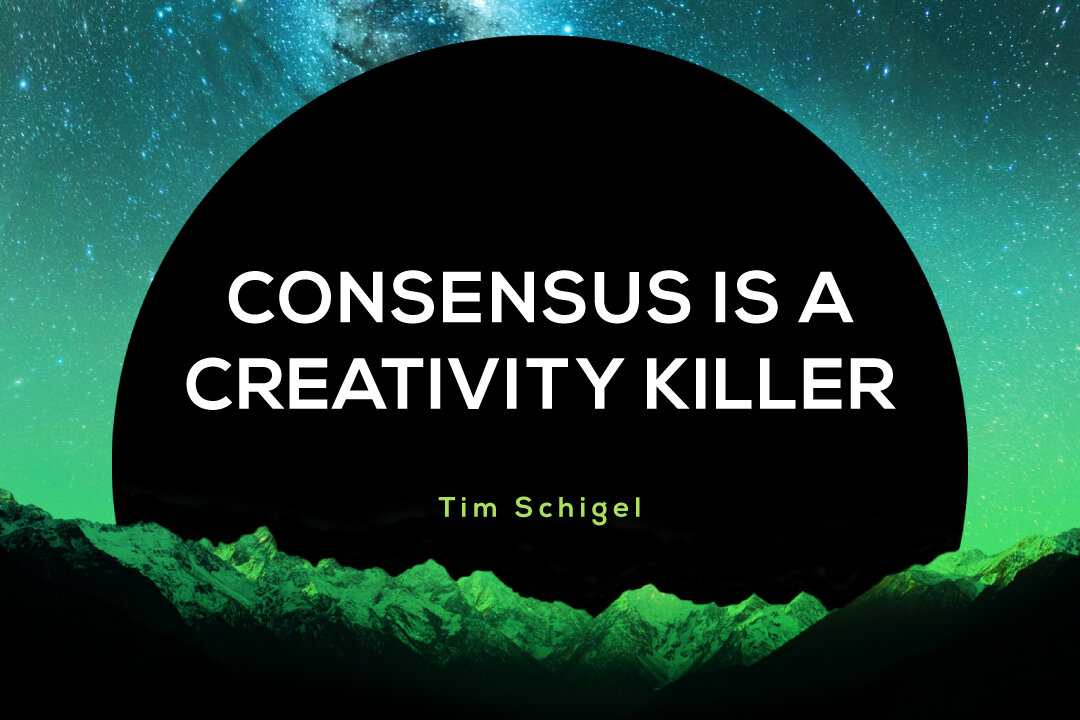Making good decisions for your business is pivotal to your job as a leader, as well as for your company’s future. According to a survey held by McKinsey, a broken decision-making process can cost a Fortune 500 company 530,000 days or the equivalent of $250 million a year. Therefore, it is your responsibility to create a healthy work environment where your employees can feel comfortable sharing ideas and learning from each other and then putting an effective decision-making process in place.
To do that, you need to properly engage your team, respect what they bring to the table, solicit their point of view or engagement, and use those to develop ideas that will help your business grow. You also need to make sure your team feels comfortable debating or discussing ideas and recognize that some people are more comfortable doing that than others.
And as your team starts to openly discuss ideas, you may find that there are sometimes attacks on ideas, and the environment may sometimes feel tense. You might find this uncomfortable and want to change it. But this kind of tension is actually healthy. If your team isn’t having that kind of healthy tension, you’re not getting the best out of your team.
Why is this kind of tension important? When the team discusses ideas, there may be attacks or debates on the ideas, but they aren’t attacking the people behind the idea. And when there’s an attack on an idea, it’s out of a legitimate concern for the improvement of the company.
So, the ideal environment you want to create is one where employees encouraged to participate, and are comfortable airing all opinions and ideas, knowing that the best idea wins. Therefore, it is vital for you to actively make sure that they start engaging and taking risks. And if you want that to happen, you have to cultivate an environment in which no one is attacking each other personally, and there are no consequences for taking risks.
There’s a good chance that you come from an environment where this concept doesn’t exist. A lot of organizations find this hard to navigate because a lot of them believe that decisions should be consensus-driven. But to be frank–they’re wrong.
Some of the greatest leaders of today understand this. For example, Jeff Bezos, CEO of Amazon, has famously instituted a concept called “disagree and commit” within Amazon to save time.
In an article in Forbes, Bezos talked about how this concept helps his team gather better and faster decisions to keep Amazon innovating. He explained that after a decision is made, you should commit to it, not reach an agreement. “You need to make a best-effort analysis, decide, and continue learning after you decide. If you standardize your decision tracking, you can pivot and close the loop as soon as new information alters your course,” he said.
Bezos even Tweeted, “If you’re good at course correcting, being wrong may be less costly than you think. Whereas being slow is going to be expensive for sure.”
I agree with Bezos’ statement that “If you have conviction on a particular direction even though there’s no consensus, it’s helpful to say, ‘Look, I know we disagree on this but will you gamble with me on it? Disagree and commit?’” Bezos added, “By the time you’re at this point, no one can know the answer for sure, and you’ll probably get a quick yes. If you’re the boss, you should do this too. I disagree and commit all the time.”
And as the article explains, “This approach fosters open discussions and healthy disagreements while favoring the need for speed over the comfort of consensus.”
I recently had a conversation with Mackey Craven, a partner at OpenView. We talked about the culture of being able to disagree and commit and how it’s critical for businesses. “You get value as partners if you’re bringing different perspectives to the table than if we all looked at each person, each company with the same lens, as opposed to appreciating the diversity. You get more capacity. Sure, you’ve got the opportunity to make more investments, worth more businesses, but you don’t get any extra value out of having other investors to talk to,” he said.
I agree that it’s such an important concept. And my guess is it’s rare. It doesn’t exist in many organizations because it takes a particular type of leader to allow that tension to exist.
But it works. Back in 2008, when I was at ShareThis, there were thousands of people and companies installing the ShareThis code on their site every day. Our hosting capability was getting stretched to the limit. We had to decide if we were going to make a big investment in servers and data center infrastructure or if we were going to try to do it all on Amazon AWS, which was brand new and unproven.
I had team members and board members who argued both sides of that. And one of the challenges was that there weren’t many software tools on the cloud at that time, which meant we couldn’t do analytics and the data. But we would be moving data in and out of the cloud regularly, and just moving that much data was too costly. If we wanted to invest in our own data center, we would have had to buy servers, which would have gone obsolete, and we would have had to hire more staff to manage them. Ultimately, we made a bet that:
1. The cloud was going to be the future
2. Having our hosting costs as variable versus as fixed capital costs would give us more flexibility
The great thing about that was when we debated and made the decision to stick with the cloud, it saved our company a lot of time because we didn’t discuss that point anymore. We said, “We’re going with the cloud.” So we had to find a cloud solution for anything that we wanted to do. We couldn’t use solutions that only worked in a data center. That immediately created a bright line for our choices, which I think made it hard because we were so early, but on the other hand, it saved us so much. Luckily, it was the right decision for the long-term, and it saved us from having to have that debate over and over again.
So, in a healthy environment, people don’t attack each other because they realize their self-worth isn’t dependent on their ideas. Ideas aren’t simply agreed on; they are discussed and thought out. People’s self-worth comes from a lot of things, not just specific ideas. If someone has an idea and as a team, you decide it’s not a good idea, it doesn’t mean that they are any less of a person—it just leads to an improved organization, and it’s your job as a leader to cultivate that.



